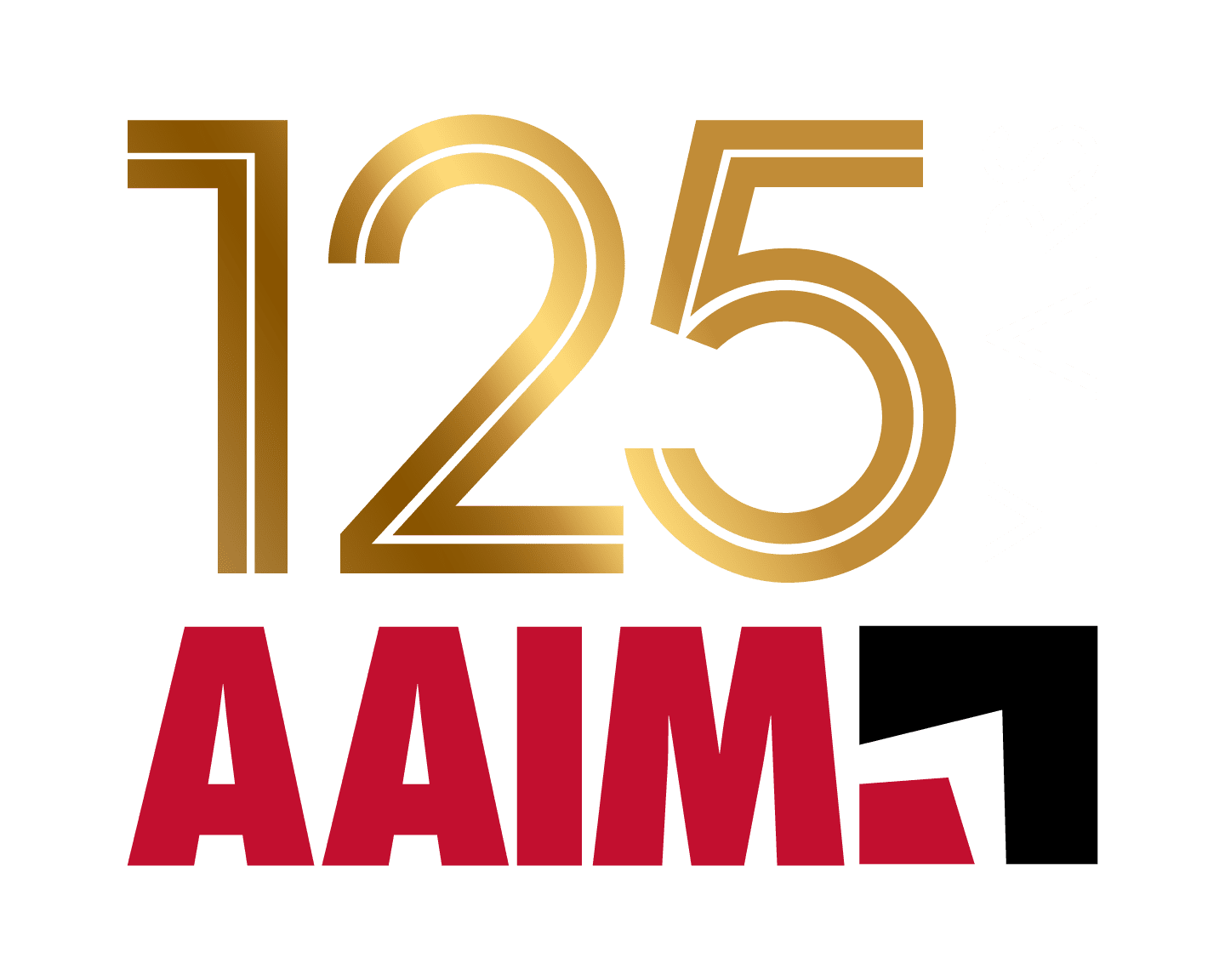- Develop and/or confirm your organization’s compensation philosophy and strategy. This will provide a blueprint for prioritizing compensation review issues related to new regulations impacting employee pay.
- Establish or update your current compensation program, especially pay grades and pay ranges. Formal pay grade systems provide a framework for determining potential pay equity issues.
- Identify under which white-collar exemption(s) your position meets the duties test.
- This enables you to correct misclassifications under the auspices of the change in the FLSA rules.
- The exemption is based on the duties the individual actually performs and not a job description which may not be current. That’s why it’s important to use updated position descriptions that accurately reflect the duties each individual is performing.
- Identify those individuals whose pay is below the new salary threshold.
- Are all individuals in the same position paid below $1,059? If not, how many people are in the position above or below that?
- Determine the cost of bringing each of these individuals up to the minimum salary.
- Consider your options:
- Raise pay to maintain the exemption.
- Change them to non-exempt and pay them overtime after 40 hours worked in a week.
- Hourly rate?
- Some other payment methods, such as utilizing the fluctuating workweek method of calculating overtime.
- Ensure you have a mechanism for beginning to keep an accurate accounting of actual hours worked, as you are required to do for all non-exempt employees.
- Reorganize workload and schedules to minimize impact from potential overtime requirements.
- Ensure you are also complying with the laws of any state in which you operate as you consider your options.
- Review all bonus and variable pay programs that include non-exempt employees. If the plans are part of a formal incentive program tied to employee productivity, you may have to pay additional overtime for the incentive amounts paid.
- Practical Considerations
- Communicating any change from exempt to non-exempt…how will we do that?
- Managing employees who are not used to accounting for time worked.
- Impact on benefits, if any
This is an opportunity for your organization to evaluate compliance with the FLSA and correct any misclassifications that may have occurred. It is also an opportunity to conduct a pay equity audit. Pay equity and pay transparency rules are being considered and implemented nationally. On January 1, 2025, it will be unlawful for an employer with at least 15 employees to fail to include the pay scale and benefits for a specific job in a job posting in Illinois. Unlike pay transparency laws in other states, employers can satisfy this requirement by including a hyperlink to a publicly viewable webpage that includes the relevant pay scale and benefits.
A new law in Illinois also requires certain private employers to obtain an Equal Pay Registration Certificate by March 24, 2024. Here are the basics of this requirement:
- Applies to private employers with 100 or more employees in Illinois.
- This applies only to employers with 100 or more employees in Illinois AND that are required to file an EEO-1 with the Federal Equal Employment Opportunity Commission (or their holding company is required to file an EEO-1).
- Employee count is based on the total number of Illinois employees your business employed on December 31 of the calendar year immediately preceding your reporting deadline.
- Employers will be required to provide certain pay, demographic, and other data to the Illinois Department of Labor (IDOL).
- “Wages” means any compensation paid to an employee by an employer pursuant to an employment contract or agreement between the two parties, including wages, salaries, earned commissions, deferred compensation, earned bonuses, stocks and ownership shares. The definition of wages includes wages paid for Vacation and PTO.
- Employers must recertify every two years from when the original certificate was issued.
- FAQs on IDOL’s website provide additional guidance to private employers.
Managing this process and analysis can be overwhelming! AAIM’s subject matter experts and solutions team can answer your questions.
Post written by Christine Crews and Michael Maciekowich


